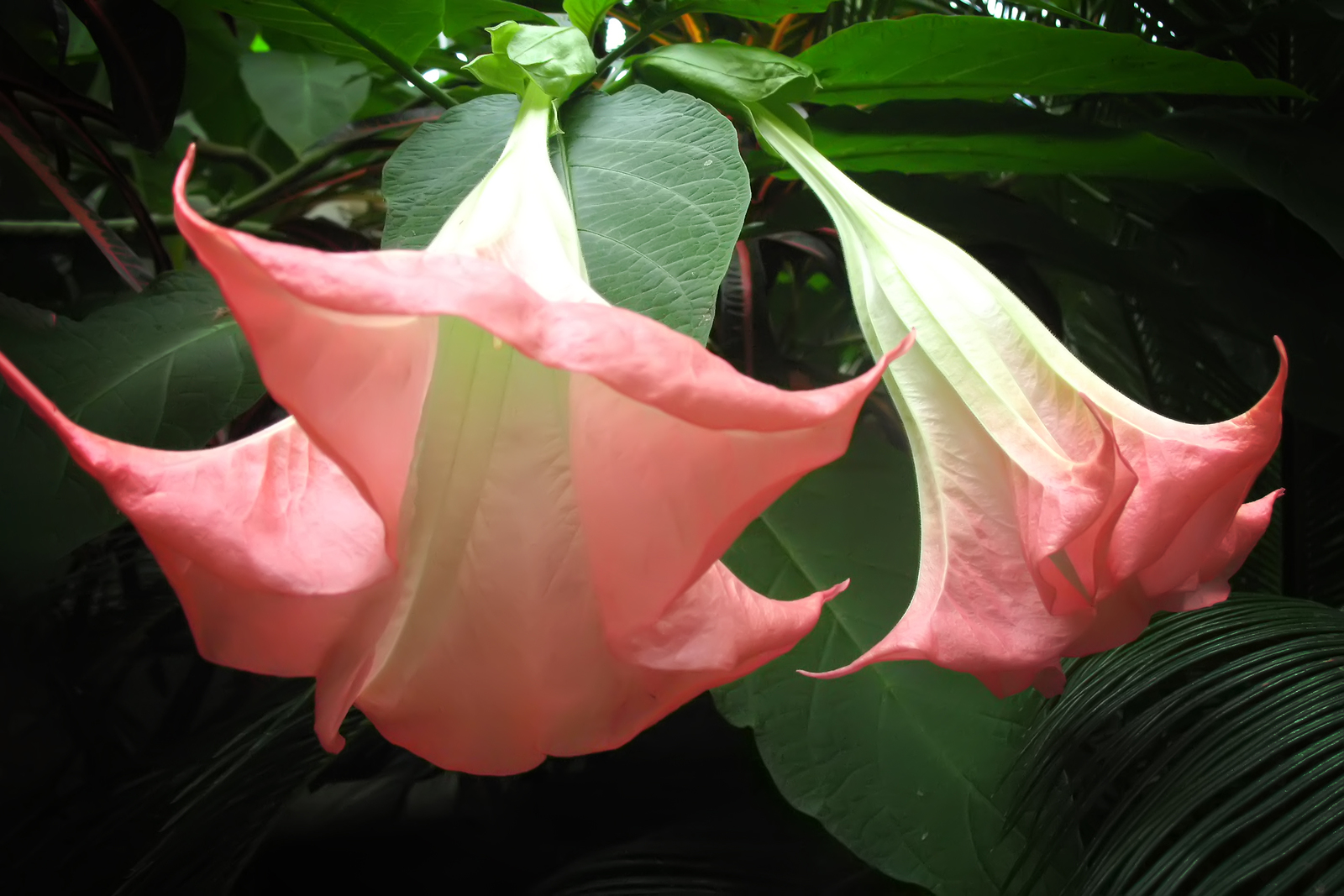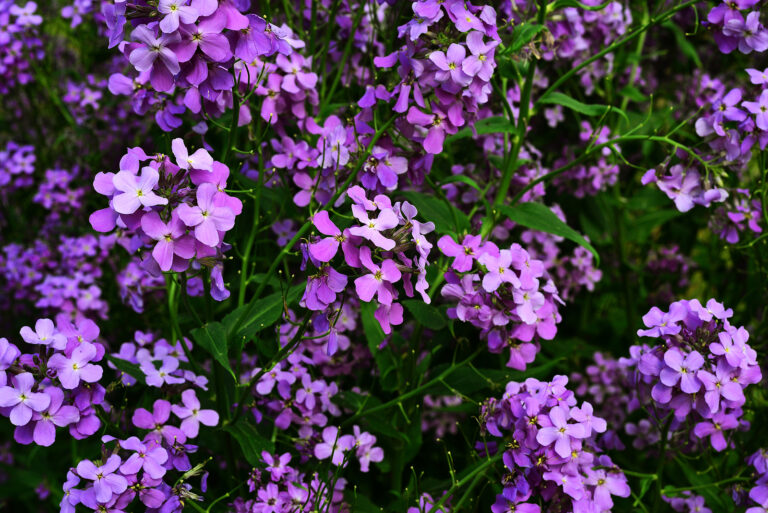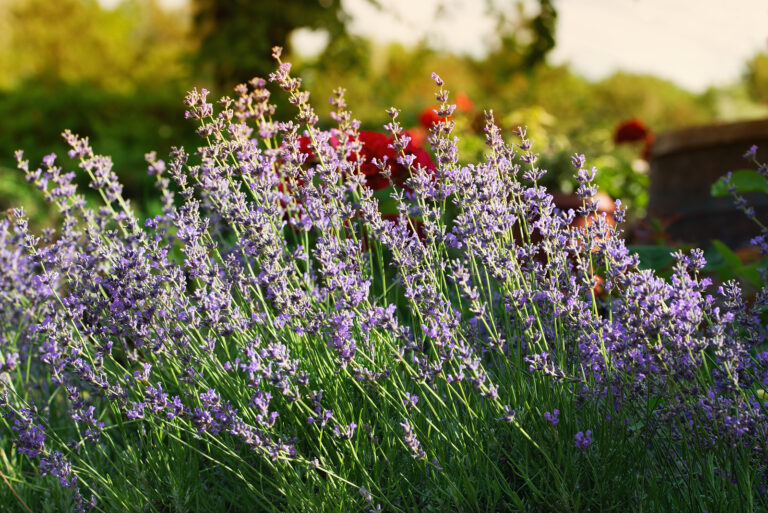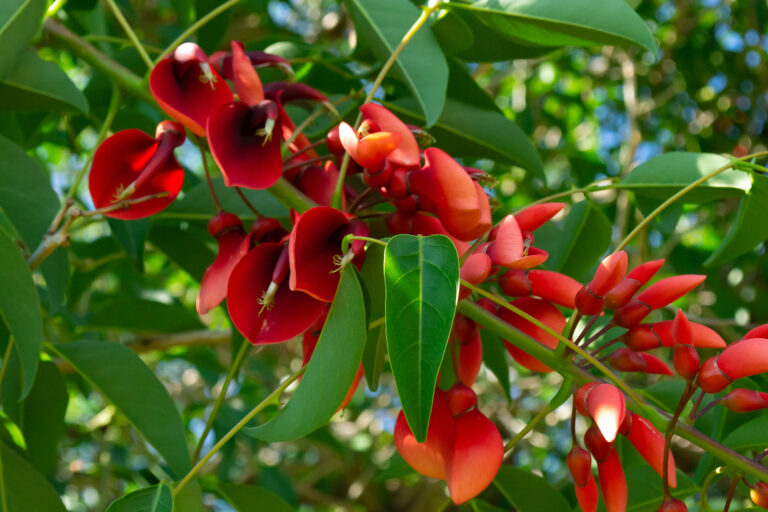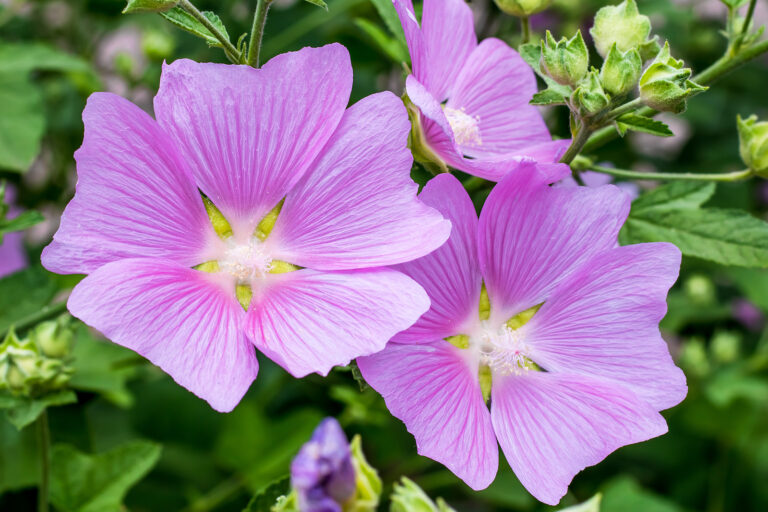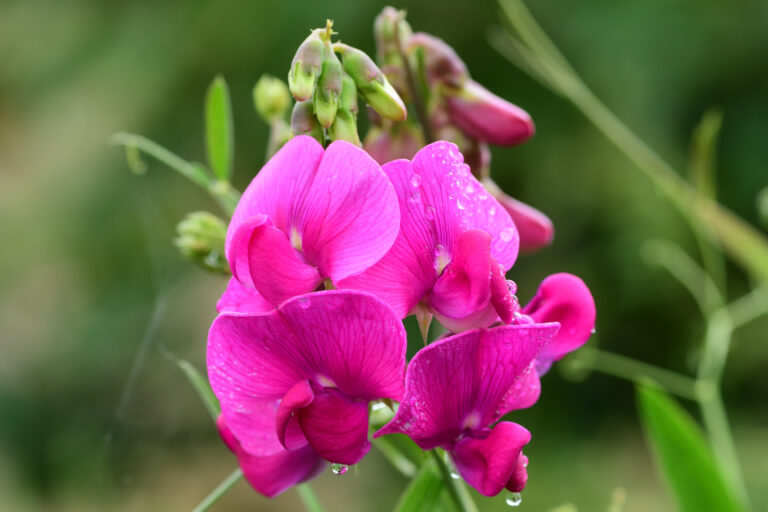How to Grow Angel’s Trumpet — Brugmansia
Brugmansia–commonly called angel’s trumpet–has dangling, exotic-looking trumpet-shaped night-scented blooms. It is a semi-tropical evergreen shrub or small tree with pink and yellow pastel blooms from late spring to fall. Angel’s trumpet must be protected from frost. All parts of the plant are poisonous.
Brugmansia is related to the annual and perennial jimsonweeds, Datura. All have large leaves and big tubular flowers; they are dominating specimen plants wherever you place them.
Set Brugmansia in a sheltered spot where wind can not shred the tender leaves. Brugmansia is susceptible to frost damage so if frost hits expect that some pruning of damage will be needed in spring before new growth begins.
Growing Brugmansia in a container will limit its size, but you will be able to bring it indoors in winter to avoid cold damage.
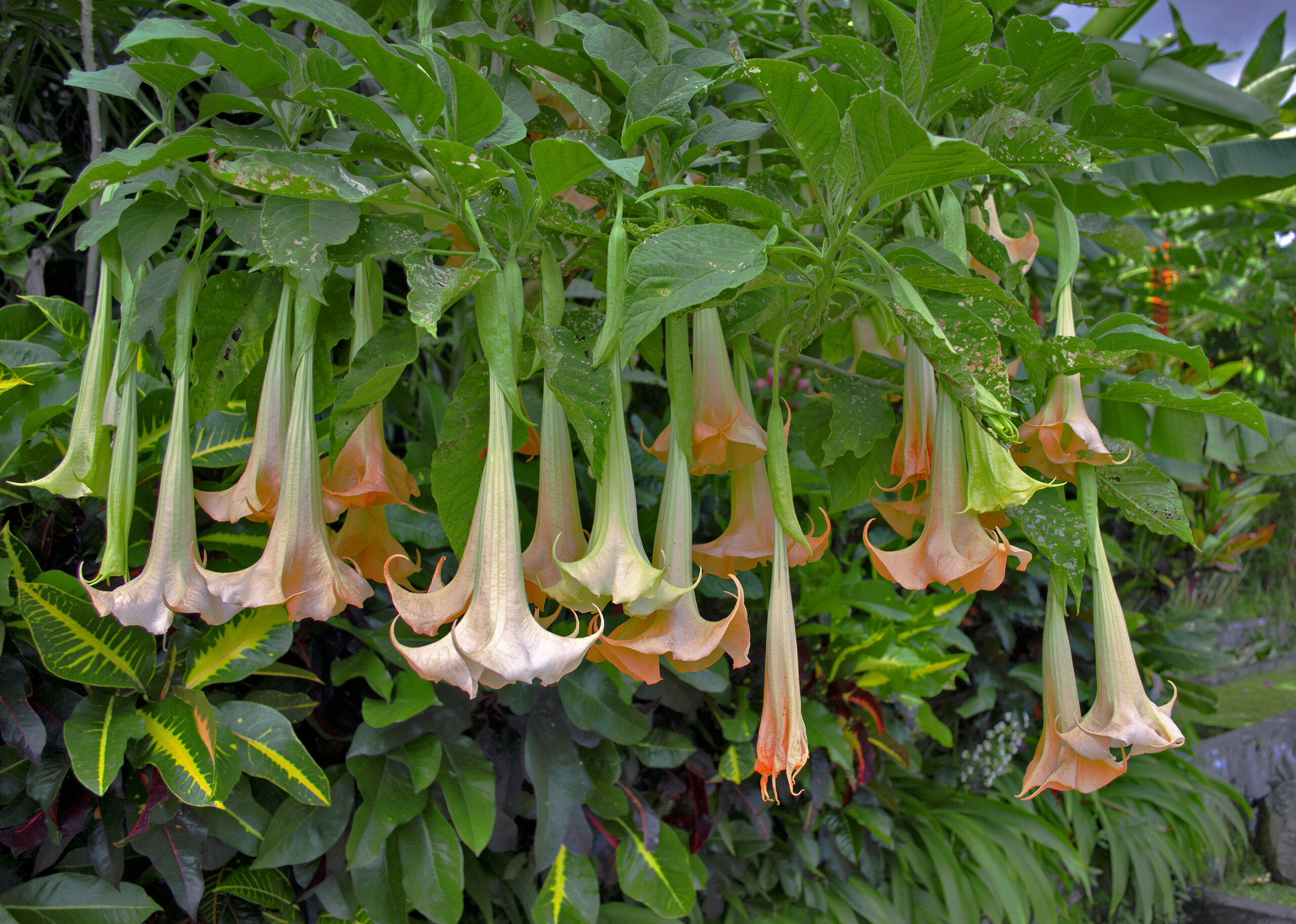
Get to know Brugmansia
- Plant type: Tropical perennial or shrub, annual
- Growing Zones and range: 9-11
- Hardiness: Grow as perennial or shrub where temperatures do not go below 45°F (7.2°C). Grow as an annual or indoor plant in winter wherever frost comes.
- Height and width: 3 to 10 feet (1-3.2m) tall, 3 to 7 feet (1-2.1m) wide
- Flowers: Trumpet-like flowers can be yellow, peach, pink, white, or cream with blues and picotee edges; many are fragrant at night
- Bloom time: Summer
- Uses: Excellent container plant; plant in mixed borders or beds as an annual
- Common name: Datura, angel’s trumpet
- Botanical name: Brugmansia spp. and Datura spp.
- Family: Solanaceae
- Origin: Streamsides from the Southern United States to South America
Where to plant Brugmansia
- Plant Brugmansiat in full sun in most regions; plant in part shade in Zones 7-11.
- Grow Brugmansia is humus-rich, well-drained soil.
- Plant Brugmansia where it is protected from the wind which can damage the oversize flowers.
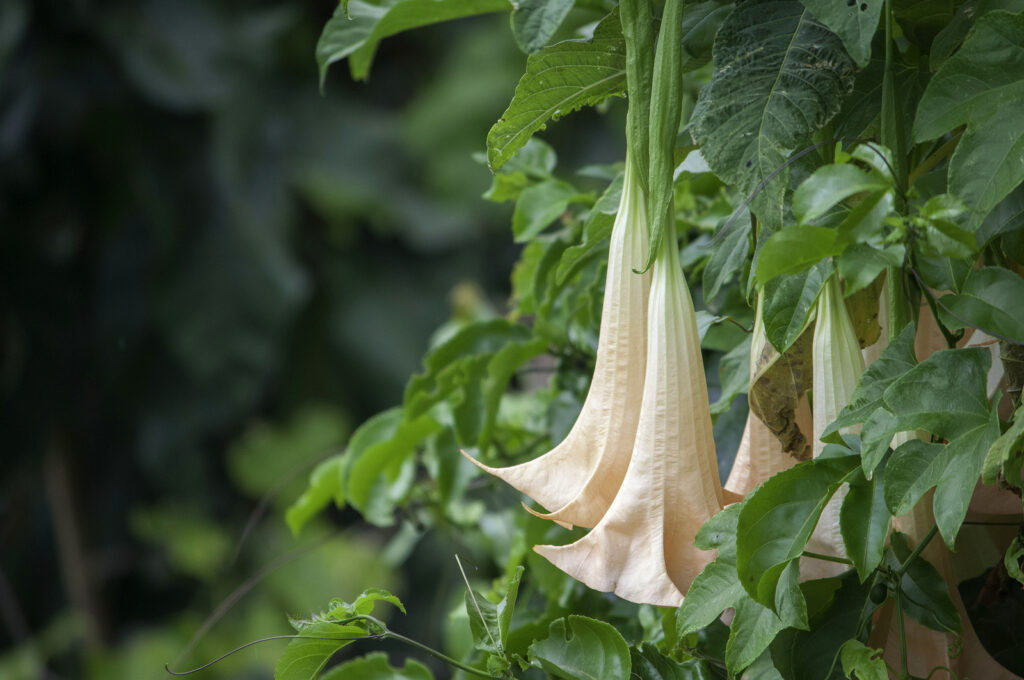
When to plant Brugmansia
- Set Brugmansia in the garden in spring when all danger of frost has passed.
- In cold-winter regions bring angel’s trumpet indoors in winter.
Planting and spacing Brugmansia
- Space Brugmansia 3 feet apart when grown as a summer annual.
- Space plants at least 7 feet apart where it will grow in the garden undisturbed for several years.
How to water and feed Brugmansia
- Keep the soil evenly moist; do not let the soil dry out.
- Fertilize Brugmansia every 4 weeks with an all-purpose liquid fertilizer. Angel’s trumpets are rapid growers.
Brugmansia care
- Bring a container-grown Brugmansia indoors in Zones 4-8 in winter.
- Grow Brugmansia indoors in a sunny spot to overwinter.
- Brugmansia is susceptible to aphids and whiteflies.
Brugmansia pests and diseases
- Brugmansia is susceptible to damage by spider mites, whiteflies, and mealybugs, especially if grown indoors.

Brugmansia propagation
- Sow seed in spring in warm soil.
- Root semi-ripe cuttings with bottom heat in summer.
Brugmansia varieties to grow
- Brugmansia arborea is commonly seen under the name B. candida.
- B. candida: Fast-growing to 10 feet tall; dull green leaves to 12 inches long; heavy single or double white trumpets flowers to 8 inches long are fragrant at night.
- B. sanguinea: Fast-growing to 12 feet tall; bright green leaves to 8 inches long; orange-red trumpets with yellow veining about 10 inches long.
- B. suaveolens: Similar to B. candida but leaves and flowers are somewhat larger.
- B. versicolor: Grows to 15 feet; white or peach flowers; cultivars include ‘Charles Grimaldi’ which Is pale orange-yellow and ‘Frosty Pin’ which is cream deepening to pink.

